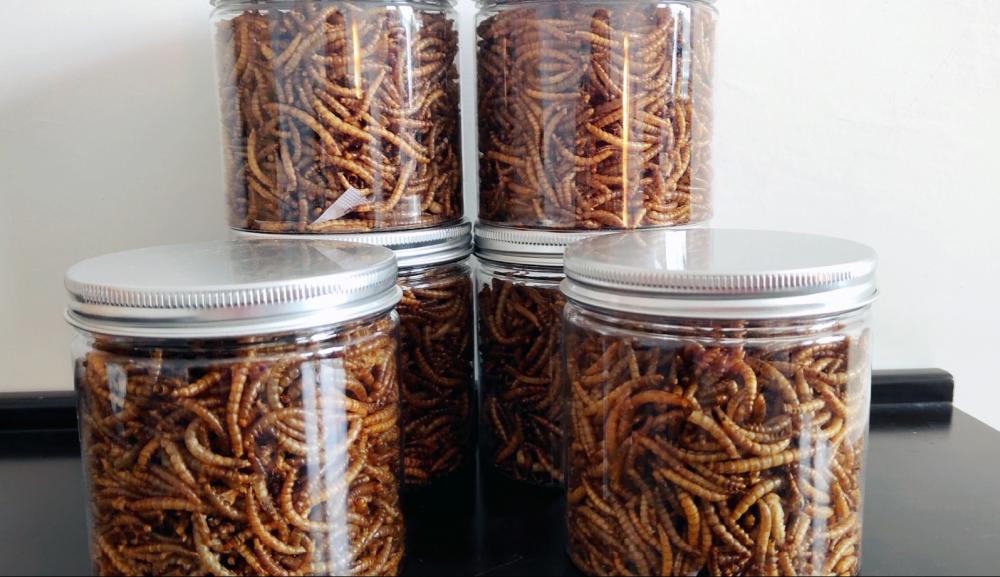Estrus cycle: The usual estrus cycle is 18 to 24 days. If the cow is not estrus, or if it does not have a child after it has been allocated, it will usually return to estrus in about 21 days. If you find that the estrus cycle is abnormal, you should pay attention.
The age of the first calving: bred cattle should be born 22 to 25 months of age, that is, the first mating age of 16 to 19 months of age. The specific situation depends on the body condition of the yak, the body can be better with early mating, if the body type, body condition can not reach the standard breeding time can be postponed.
Number of insemination: The number of insemination should be 1.5 times. If repeated infertility, it is necessary to give timely treatment.
Post-harvest first breeding time: 80% to 90% of dairy cows continue to heat for 60 days after calving. Cows with normal calving intervals and no reproductive disease should be bred as early as 50 to 55 days after childbirth. This can increase reproductive rates.
Calving interval: The calving interval is an important breeding indicator. The shorter the calving interval, the more milk and calves produced by cows during their lifetime, and the lower the investment in treatment, breeding and reproduction. The ideal calving interval should be 12 to 13 months.
Empty days: In order to obtain the optimum calving interval, cows should be conceived within 90 to 120 days postpartum. The ideal goal is for cattle to be less than 10% empty for more than 120 days. Too many empty days mean reproduction problems and economic losses.
Dry milk days: Ideal dry milk days are 45 to 60 days, and the dry milk days for all cows on the cattle farm should be in this range, because the cow's mammary gland needs 45 to 60 days of recovery, regeneration, and dryness. A short milk period will cause a decline in the amount of milk produced next time; if it is too long, it will cause economic losses.
The age of the first calving: bred cattle should be born 22 to 25 months of age, that is, the first mating age of 16 to 19 months of age. The specific situation depends on the body condition of the yak, the body can be better with early mating, if the body type, body condition can not reach the standard breeding time can be postponed.
Number of insemination: The number of insemination should be 1.5 times. If repeated infertility, it is necessary to give timely treatment.
Post-harvest first breeding time: 80% to 90% of dairy cows continue to heat for 60 days after calving. Cows with normal calving intervals and no reproductive disease should be bred as early as 50 to 55 days after childbirth. This can increase reproductive rates.
Calving interval: The calving interval is an important breeding indicator. The shorter the calving interval, the more milk and calves produced by cows during their lifetime, and the lower the investment in treatment, breeding and reproduction. The ideal calving interval should be 12 to 13 months.
Empty days: In order to obtain the optimum calving interval, cows should be conceived within 90 to 120 days postpartum. The ideal goal is for cattle to be less than 10% empty for more than 120 days. Too many empty days mean reproduction problems and economic losses.
Dry milk days: Ideal dry milk days are 45 to 60 days, and the dry milk days for all cows on the cattle farm should be in this range, because the cow's mammary gland needs 45 to 60 days of recovery, regeneration, and dryness. A short milk period will cause a decline in the amount of milk produced next time; if it is too long, it will cause economic losses.
The yellow mealworm is not only rich in protein, fat, polysaccharid and other organic macromolecular nutrients, but also rich in phosphorus, potassium, iron, sodium, aluminum and other trace elements. For every 100g of the yellow mealworm larvae, the protein content of dry powder is between 48% and 54%, the fat content is between 28% and 41%, and the contents of vitamin E, B1 and B2 are also high. Therefore, the yellow mealworm can provide high quality protein for the snake.

Snake Feed,Corn Snake Food,High Pure Snake Feed,High Quality Snake Feed
Fenxi Kangruilai Biotechnology Co., Ltd. , https://www.kangruilai-petfeed.com